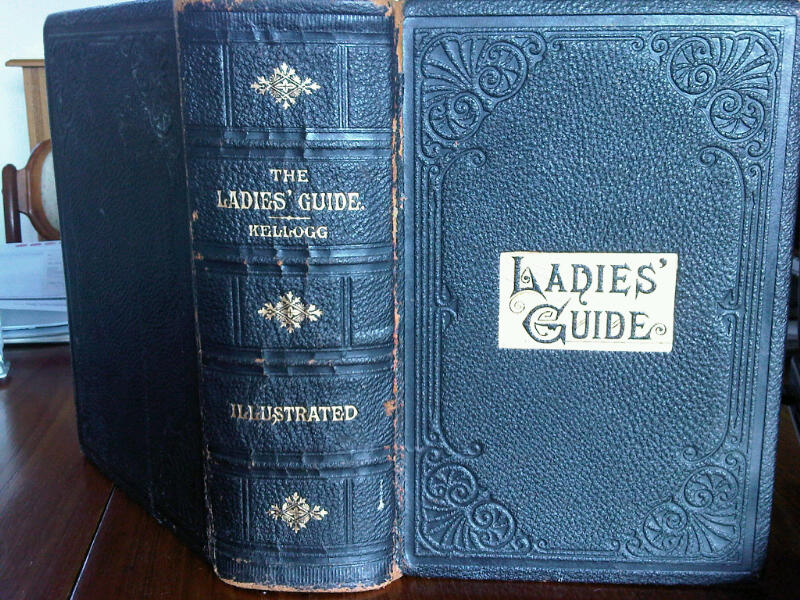We are currently seeing a new wave of consortia, partnerships and amalgamations. Some of these moves are in response to perceptions that current and future government tenders will favour providers that can service large geographic areas such as regions or states. Others are hoping that increasing their size through amalgamation will protect them from the impacts of funding reductions and policy changes.
When we’re working with organisations considering various collaboration options, one of the questions they ask us is how to decide who they should consort with. Given that a business partnership is much like a marriage, I recently turned to my reliable source of wisdom on many topics, the Ladies Guide by J.H. Kellogg M.D. (1895).
Dr Kellogg has some sound advice for young ladies considering who to marry, and this advice is equally relevant to organisations considering consortia or amalgamation. Here is a summary of his advice:
1. The individual should be the possessor of good health and a good constitution (i.e. don’t shack up with a basket case!)
2. He should be a man of good habits (find out whether they have met their commitments and honoured their contracts in the past)
3. He should be of suitable temperament (assess their compatibility with your organisation in terms of values, service model, culture and the like)
4. He should be of good morals and good reputation (find out what others say – get some intel from those in the know and do some research)
5. The individual must be of the proper age (consider how established the organisation is, and that their thinking is from the same era as yours)
6. The prospective husband should be of proportionate size (i.e. consider size and power imbalances and establish roles and governance up front)
7. Take care when marrying a cousin (perhaps the relevance of this is to check that your organisations don’t have the same weaknesses, and that you are not creating conflicts of interest or nepotism perceptions)
A decent time for courtship is recommended by us as well as by Dr Kellogg:
“The primary object of courtship should be to allow the parties to become acquainted with each other’s characters so as to know whether or not there exists such mutual adaptation as to make a life partnership desirable or likely to be a happy one.”
If there’s time, it’s worth considering low-commitment forms of partnership before signing up to a long-term contract or amalgamation. After all, as Dr Kellogg says, “young people can judge of each other’s characters much better by daylight than lamplight.” Working together on a project, or sub-contracting some services for a trial period, can be a chance to experience working together before committing too deeply.
Following Dr Kellogg’s advice will help you avoid the mistake made by a young woman he features, who married a man of obnoxious temperament to avoid being left an old maid: “During the first few months of marriage, when her eyes had become thoroughly opened to the folly of her course and the dreadful slavery to which she had bound herself, reason was nearly dethroned; but it was too late to correct the fatal mistake. She had nothing to do but bear it with as much calmness and patience as she could summon.”

I love the guide! I started consulting to organisations considering and implementing mergers and acquisitions in the mid 90’s in Victoria. I would have found it very useful then. Merge in haste, regret at leisure